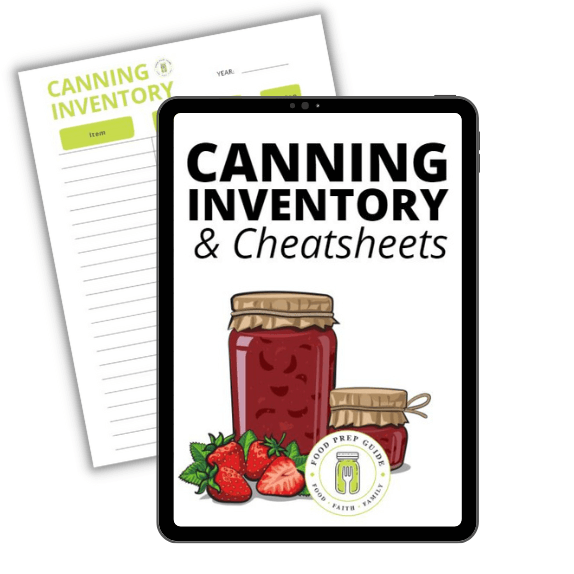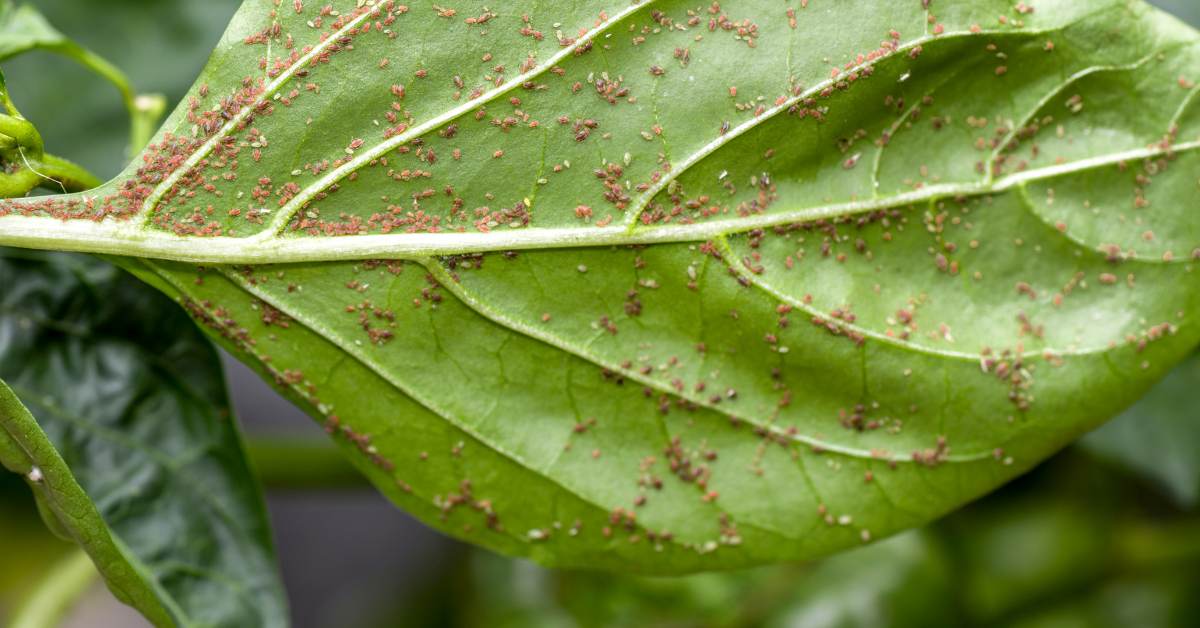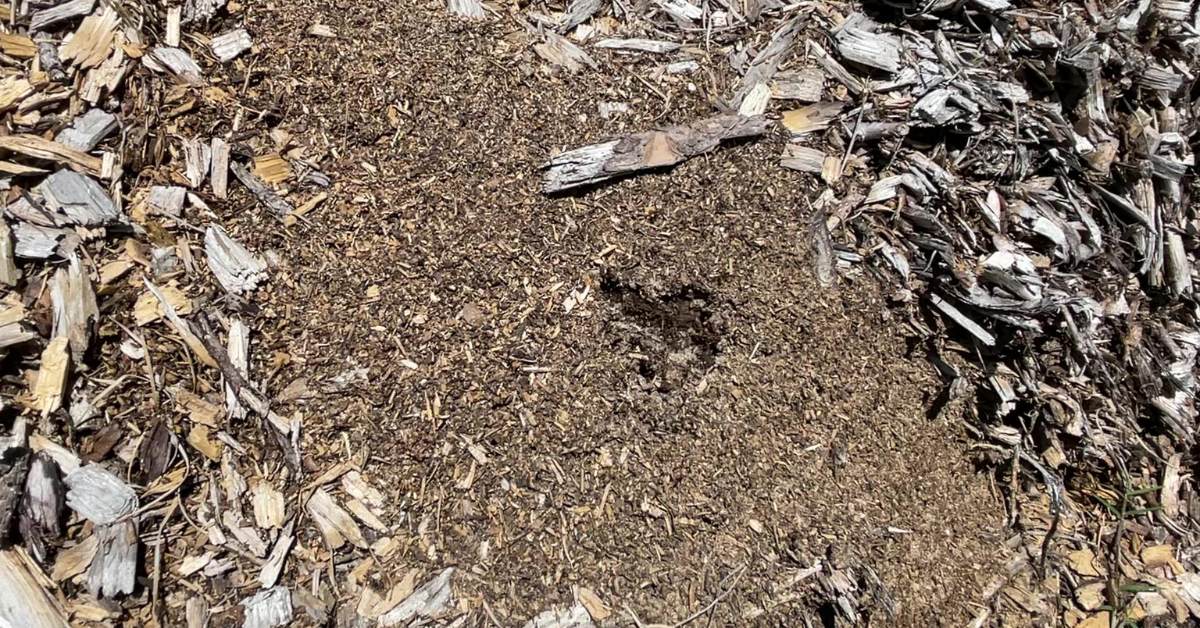You certainly can pickle any kind of cucumber.
But the real question is … do you want to?
The type of cucumber you choose to pickle is not a safety issue; it is a matter of flavor and quality.
Knowing that, let’s talk about which types of cucumbers you want to use for pickling.
The Differences Between Regular (AKA Slicing) Cucumbers and Pickling Cucumbers
You might have noticed that there are different types of cucumbers available in the market: regular cucumbers, sometimes called slicing cucumbers, and pickling cucumbers.
Understanding their differences can help you decide whether you want to pickle regular cucumbers or not.
Size and Shape
When it comes to size and shape, pickling cucumbers are shorter and blockier than regular cucumbers.
They have a color gradient, with a darker green at the stem end and a lighter green at the blossom end.
Prices pulled from the Amazon Product Advertising API on:
Product prices and availability are accurate as of the date/time indicated and are subject to change. Any price and availability information displayed on [relevant Amazon Site(s), as applicable] at the time of purchase will apply to the purchase of this product.
On the other hand, regular cucumbers, like the English cucumber or the Kirby cucumber, are longer with a uniform, dark green skin.
Skin Thickness and Texture
The skin of pickling cucumbers is typically thicker and bumpier, which helps them absorb the brine during the pickling process and results in a juicier pickle.
In contrast, slicing cucumbers have thin, smooth skin, making them easier to consume raw without peeling.
Hydration Levels
Slicers generally have a higher water content than their pickling counterparts, which is why they’re primarily used for salads and sandwiches.
In contrast, the lower water content in pickling cucumbers contributes to a crunchier texture and helps in the pickling process.
Despite their differences, you can still pickle regular or slicing cucumbers. Just bear in mind that the pickling process may produce a different result compared to using actual pickling cucumbers—like being less crunchy.
Even pickle crisp can’t compensate for their less-than-stellar bite.
Pickling Cucumbers Are Superior for Canning
There’s just no way around it….
Pickling cucumbers make the best, crunchiest pickles.
First, pickling cucumbers are smaller in size compared to regular cucumbers, ranging from 3 to about 6 inches long.
Their firm, dry flesh retains its crunchiness even after being submerged in a brine solution—something highly desirable in a delicious pickle.
Growing pickling cucumbers is also quite rewarding as they tend to be more prolific than regular cucumbers!

While it’s possible to pickle regular cucumbers, pickling cucumbers truly shine when it comes to canning.
A Word of Caution: Avoid Pickling Waxed Cucumbers
Many store-bought cucumbers are coated with a thin layer of wax to help preserve them and extend their shelf life during storage.
However, this wax can interfere with the pickling process by preventing the brine or pickling solution from penetrating the cucumber skin, resulting in a less flavorful product.
Instead, opt for unwaxed, pickling variety cucumbers to ensure a successful pickling process.
If you’re new to pickling or canning, learn how to pickle cucumbers here.
Slicer Cucumbers Work Great for Fresh Pack Refrigerator Pickles
I don’t want to bash slicer cucumbers—they have a delicious place in this world!
If you find yourself with an abundance of slicer cucumbers, try making refrigerator pickles.
First, wash your slicer cucumbers and cut off the stems. You can either slice them to your desired thickness or cut them into spears.
Keep in mind that thinner slices will become flavored more quickly, while spears take a bit longer.
Prepare the pickling brine by combining vinegar, water, and salt in a saucepan.
Bring the mixture to a boil and then let it cool down to room temperature. While waiting for the brine to cool, prepare your flavorings.
A combination of fresh dill and onion works wonders in refrigerator pickles.
You can also experiment by adding some pickling spice or make your own using garlic, mustard seeds, or even red pepper flakes if you like a little heat.
Once your brine has cooled, grab a clean jar and start layering the cucumbers, dill, onion, and any additional herbs you decided to use.
Pour the cooled brine over the cucumbers, making sure to cover them completely. Seal the jar with a tight-fitting lid and give it a gentle shake to ensure the flavors get distributed evenly.
No canning necessary—but they also can’t sit on your shelf. You’ll need to keep them in your fridge.
Lastly, place your jar of refrigerator pickles in the fridge and wait at least 24 hours before enjoying them. The longer they sit, the more flavorful they’ll become!

Dream of Filling Your Pantry with Homegrown Staples?
Plan your garden with our FREE PRINTABLE—Staples Garden: What to Plant to Feed Your Family for a Year!
Bottom Line: Can You Use Any Type of Cucumber to Make Pickles?
Yes, you can use any type of cucumber to make pickles, but there are specific varieties that are far better suited for the pickling process.
Pickling cucumbers, such as Boston Pickling or National Pickling, are preferred due to their small size, thin skin, and firm texture, which allows them to retain crispness better.
However, if you only have access to slicing or English cucumbers, you can still make pickles, but they may have a slightly different texture. We recommend using those only for refrigerator pickles.












Can I jar fresh vegetables in just water?
distilled or purified?
Some pressure canning recipes call for just water, such as green beans and carrots, but it depends on the vegetable. If a recipe does call for just water, it simply needs to be boiled—it doesn’t have to be distilled. We recommend using a tested recipe from the National Center for Home Food Preservation.